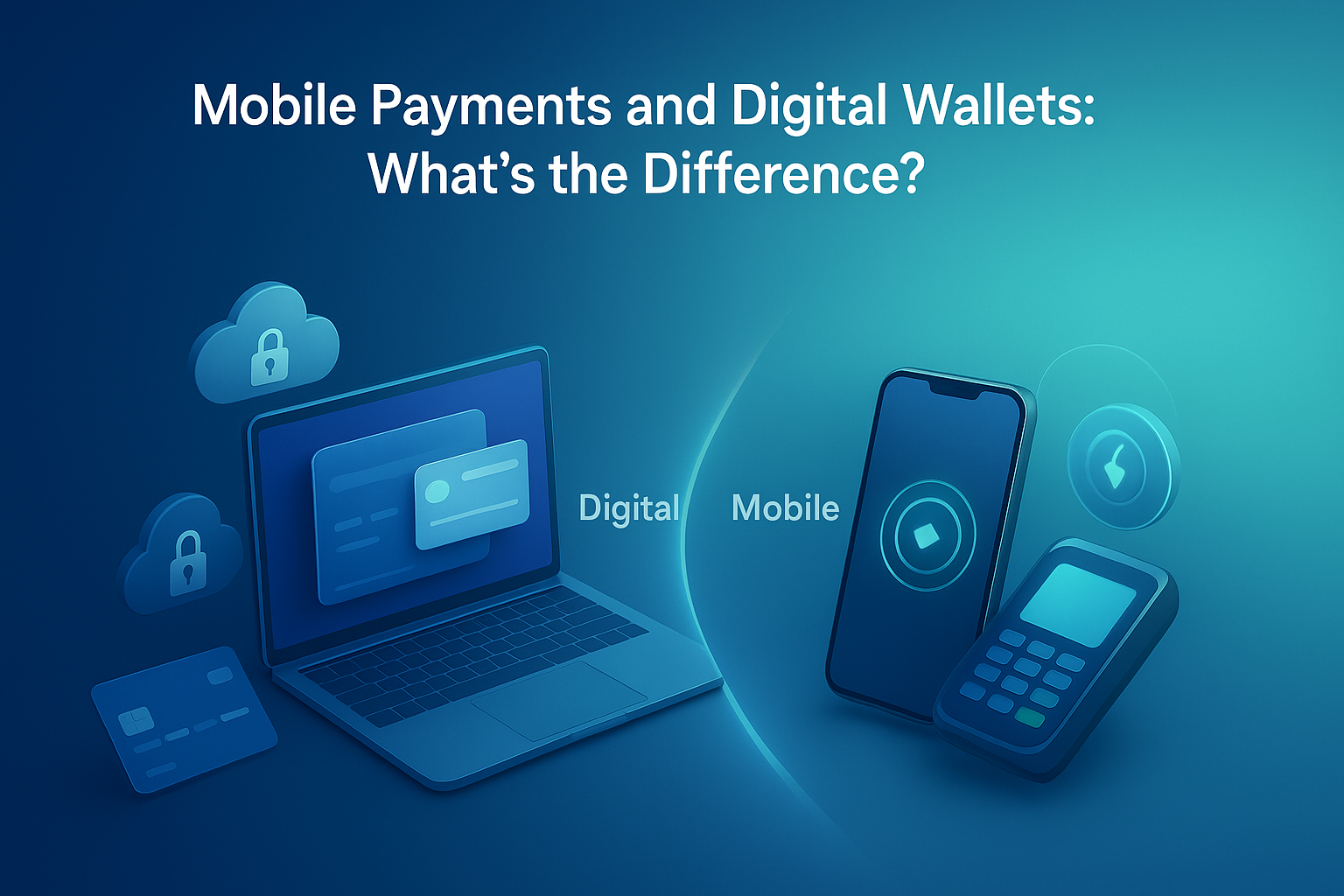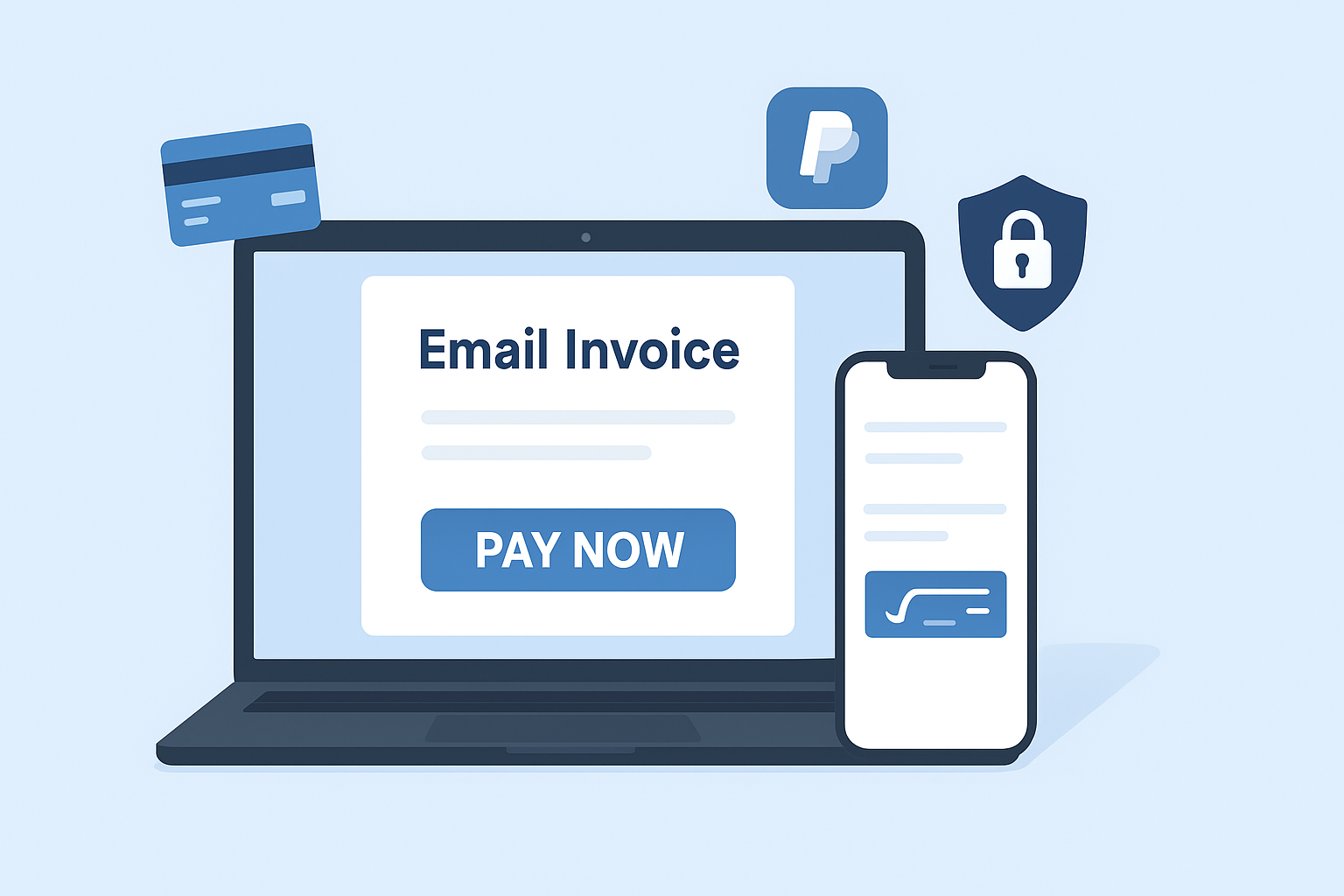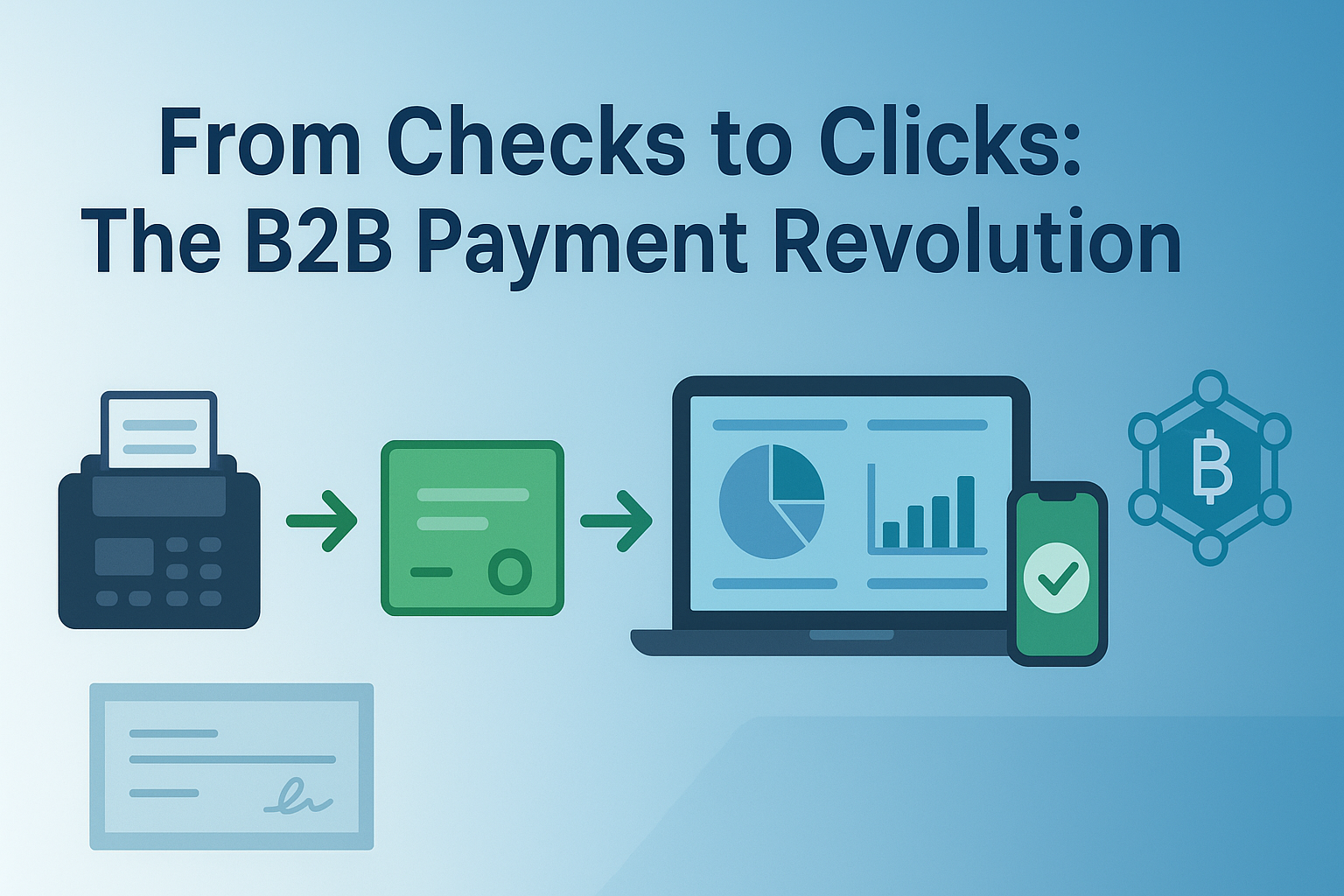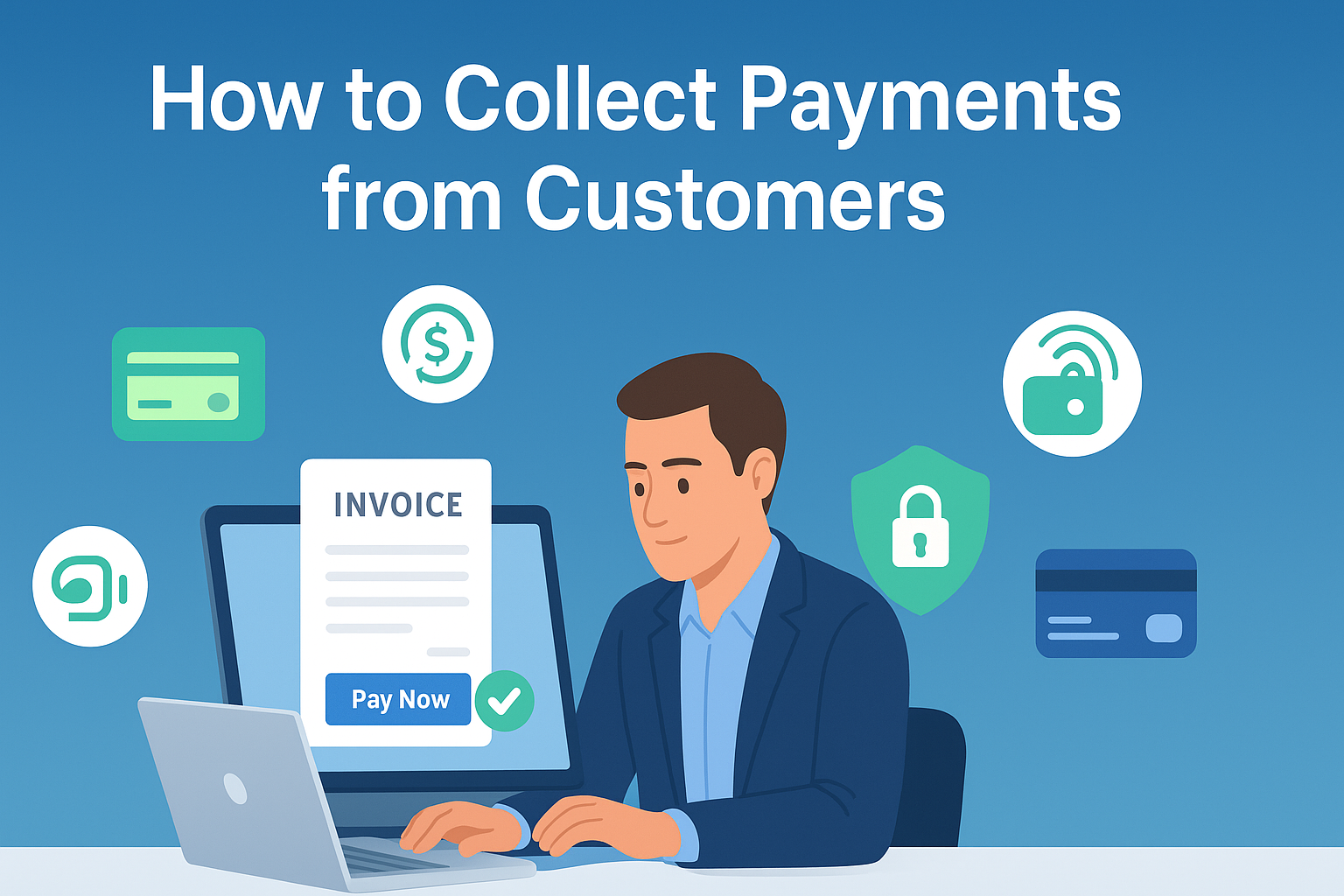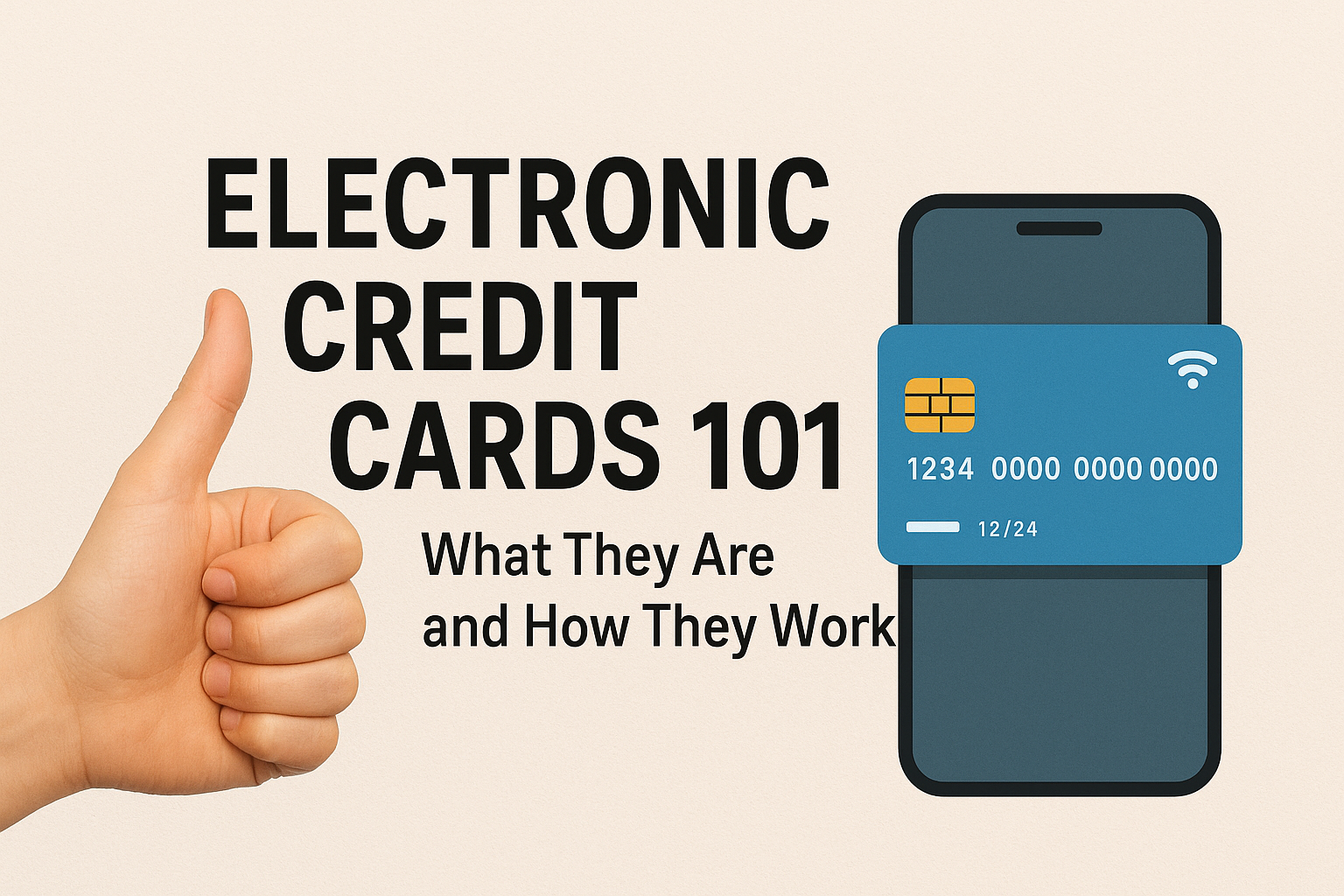If you’ve ever tapped your phone at a checkout counter or stored your credit card in an app, you’ve already used mobile payment technologies or a digital wallet, maybe without even realizing it. These two terms often get tossed around together, but they aren’t exactly the same thing. Understanding the difference can help you make smarter choices about how you spend, save, and protect your money.
Let’s break it down in plain language.
What Is a Digital Wallet?
A digital wallet is like a secure online locker for your payment information. Instead of carrying around physical cash or cards, a digital wallet stores your debit card, credit card, loyalty cards, and sometimes even tickets or IDs in one place.
Think of PayPal, Google Pay, or Apple Wallet; they don’t just allow payments but also offer digital wallet integration with apps, loyalty programs, and even transportation systems.
The best part? You don’t have to re-enter your card details every time you shop online. With a few clicks or taps, your payment is processed quickly, securely, and seamlessly.
What Is a Mobile Wallet?
A mobile wallet is a type of digital wallet, but it’s specifically tied to your mobile device. It lets you make payments in-store or online using your smartphone or smartwatch.
For example, when you use Apple Pay at the grocery store by tapping your iPhone on the payment terminal, that’s mobile wallet functionality in action.
Key Differences Between Digital Wallets and Mobile Wallets
Now that you know the basics, let’s clear up the confusion by laying out the key differences.
Device Dependence
- Digital wallets can live on your laptop, desktop, or mobile device.
- Mobile wallets, on the other hand, are exclusive to smartphones, tablets, and smartwatches.
Payment Methods
- Digital wallets are versatile; they can store card details for both online and in-store use.
- Mobile wallets are more about tap-and-go payments at physical stores.
Integration Features
- Digital wallets often offer advanced digital wallet integration with e-commerce platforms, making checkout smoother.
- Mobile wallets are more about convenience at physical locations, with NFC (Near Field Communication) technology powering the transaction.
Accessibility
- Digital wallets can be used from almost any internet-connected device.
- Mobile wallets require your mobile device (and sometimes biometric authentication like Face ID or a fingerprint).
Benefits of Using Digital and Mobile Wallets
Both wallets offer a lot more than just convenience. Let’s look at the top benefits:
- Security First: Instead of sharing your card number with every retailer, digital wallets use encryption and tokenization. According to a 2024 Statista report, nearly 60% of consumers feel safer using mobile wallets than traditional cards.
- Speed and Efficiency: Tapping your phone is often faster than swiping or inserting a chip card. Online, digital wallets make checkouts just a matter of a few clicks.
- Better Organization: From boarding passes to loyalty rewards, everything can be stored in one place.
- Compatibility with Modern Lifestyles: Whether it’s splitting a dinner bill with friends or buying from an online store overseas, both mobile and digital wallets make payments flexible and borderless.
How Mobile Payments and Digital Wallets Address Common Concerns
Many people hesitate to adopt mobile payment technologies because of concerns around privacy, security, and accessibility. Here’s how the systems address them:
- Fraud Protection: Digital wallets use tokenization, so your actual card number isn’t exposed during a transaction.
- Biometric Authentication: Features like fingerprints, Face ID, or PIN codes add a layer of security.
- Data Privacy: Many digital wallets now allow users to choose how much data is shared with retailers.
- Global Acceptance: According to Juniper Research, the number of digital wallet users is expected to surpass 5.2 billion globally by 2026, showing strong adoption and widespread acceptance.
These features reassure both users and businesses that digital wallet integration isn’t just convenient, it’s also trustworthy.
How to Use a Digital Wallet vs a Mobile Wallet
If you’re new to this space, you might be wondering how to actually get started. Let’s walk through it.
Using a Digital Wallet
- Choose a provider (PayPal, Google Pay, Apple Wallet, etc.).
- Add your debit or credit card information securely.
- When shopping online, select the digital wallet option at checkout.
- Authenticate with your password or biometric ID.
Using a Mobile Wallet
- Download the app (like Apple Pay, Samsung Pay, or Google Pay).
- Add your payment cards by scanning them or entering details.
- At checkout in a physical store, unlock your phone, hold it near the contactless payment terminal, and authenticate.
- Done! Your payment goes through instantly.
Conclusion
So, what’s the real takeaway? Mobile payment technologies and digital wallets are part of the same family, but they serve slightly different purposes. Digital wallets work across devices and are fantastic for online purchases, while mobile wallets bring the convenience of contactless payments right to your fingertips in the physical world.
Both options are designed to save you time, keep your information secure, and streamline how you pay. With the increasing adoption of digital wallet integration across industries, now is the perfect time to embrace the future of payments.
Whether you’re tapping your phone at a café or clicking “Pay Now” on your laptop, you’re already living in a world where physical wallets are becoming optional. And let’s be honest—that’s one less thing to carry around.

